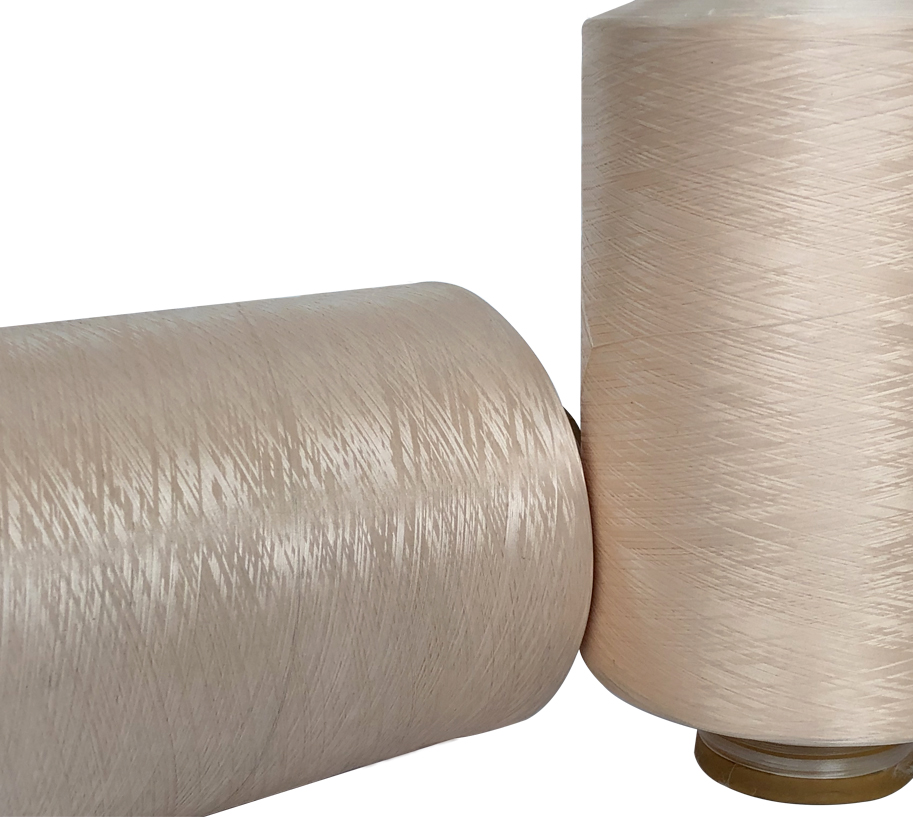White/Brown/Green 150D/48F DTY Yarn 99.99% Polyester AA Grade Eco-friendly Yarn ...
See DetailsThere are several uses for polyester, but it is commonly used for clothing. It is a versatile raw material, with properties that make it an choice for a variety of industrial applications. It is lightweight and low-absorbent, making it a good choice for shirts and sleeping bags, as well as ropes and nets. Polyester is also used in auto upholstery and sails. In addition to its use in clothing, polyester is also used as fibre fill for a variety of products, including floppy disk liners and cushioning materials. It can be used for sewing thread, though 99.99% polyester thread tends to form knots when used in high-speed sewing. Instead, cotton covered polyester thread eliminates this problem.
The polymerisation process starts with the introduction of terephthalic acid to the monomer alcohol. The mixture is then cooled and extruded into long threads, or polyester. This process is repeated several times to create different types of fibre. The final product is a clear polyester ribbon or chip. This ribbon is then spun onto cylinders and drawn on heated rollers. Once the polyester yarn has been spun, it is ready to be woven into fabric.

To make polyester fibers, there are several methods. Polyester is a long-chain synthetic polymer that contains dimethyl terephthalate and terephthalic acid as its starting materials. The raw material is then cooled in a polymerization vessel and subsequently cut into small pieces. The resulting polymer melts at 260 degC, and is spun into yarn. Unlike cotton, a polyester filament has one continuous length, making it easier to manipulate and sturdier to work with.
Prices of PTA and MEG are also closely linked to the price of downstream polyester yarn. In fact, PTA and MEG have both increased slightly in recent days, and the cost of these materials affects downstream polyester yarn prices. With prices in the news, manufacturers must be aware of oil price trends and ensure they replenish their stocks. This will allow them to compete in the downstream polyester yarn market and earn a high percentage of growth. However, the raw materials that are used in the production of polyester yarn will determine the cost of these products.
The production of polyester is responsible for significant water pollution. Both the production process and disposal of polyester waste contribute to the pollution of rivers, lakes, and oceans. Further, the washing and disposal of polyester waste creates substantial amounts of toxic chemicals, heavy metals, and plastics in the water. Ultimately, the production of polyester requires more water than natural fibers, which makes it less environmentally friendly than cotton. A better choice would be to use synthetic fibers instead of natural fibers.
Several benefits of polyester fibres include low absorbency, a high level of resistance to stains, and a low level of stretch. Further, polyester is strong and stable, making it ideal for clothing, electrical lining, and recording tapes. While it is not sustainable, its high degree of versatility means it is a viable choice for a wide range of applications. For example, it resists mildew and is resistant to fire. Finally, polyester is a very versatile raw material.